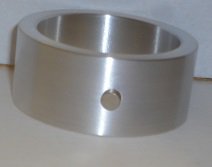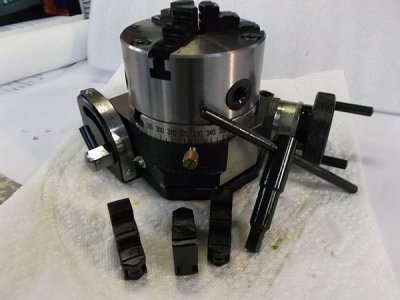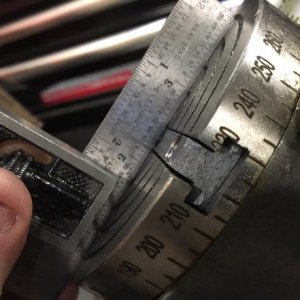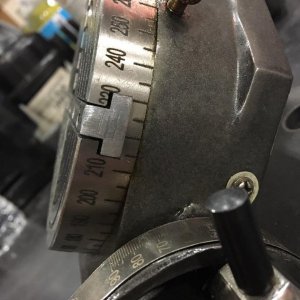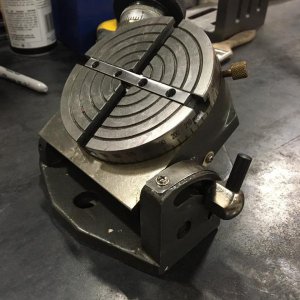- Joined
- Apr 8, 2016
- Messages
- 31
Hello,
Well, now that I'm getting into this hobby more I see the need for this to be a purchase in the near future. I've been looking at videos on Youtube and trying to find basic information on the web.
I came across this kit and it has good reviews and seems to be a good price for the amount included. Any advice on this set up, or recommendations on others would be appreciated. I would like to use a 6" table so that I have room for bigger projects in the future. I am hoping this is not impossible with the table size of the X2D.
I am also assuming this kit could be used in whole on a mini-lathe.....if I were to purchase one of them down the road, LOL
http://www.grizzly.com/products/6-Rotary-Table-w-Div-Plates/H7527?utm_campaign=zPage
Well, now that I'm getting into this hobby more I see the need for this to be a purchase in the near future. I've been looking at videos on Youtube and trying to find basic information on the web.
I came across this kit and it has good reviews and seems to be a good price for the amount included. Any advice on this set up, or recommendations on others would be appreciated. I would like to use a 6" table so that I have room for bigger projects in the future. I am hoping this is not impossible with the table size of the X2D.
I am also assuming this kit could be used in whole on a mini-lathe.....if I were to purchase one of them down the road, LOL
http://www.grizzly.com/products/6-Rotary-Table-w-Div-Plates/H7527?utm_campaign=zPage

